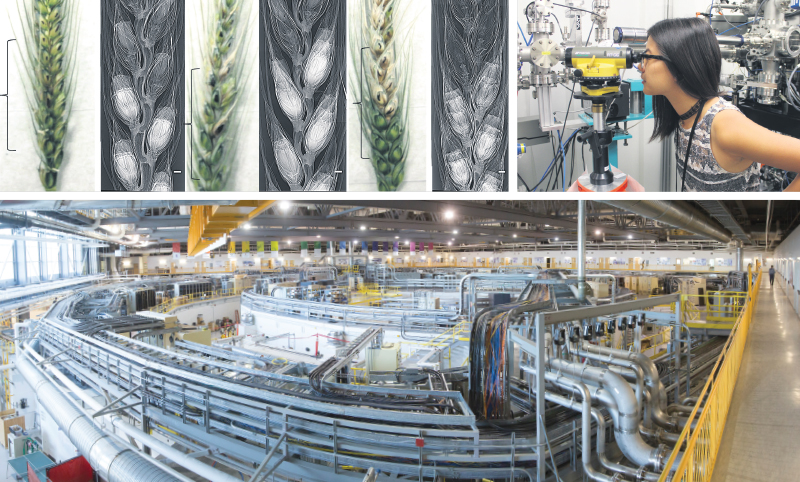Shining a light on solutions that make a difference in the world
With investigations in many different areas of research, the Canadian Light Source is helping to solve a wide range of problems identified by the scientific community and industry. Supplied
Investigations at the intersection of light and matter can provide answers and solutions in a wide range of fields, including mining, energy, health and life sciences, and advanced manufacturing, especially when researchers have access to the kind of brilliant and highly focused light that is available at the Canadian Light Source (CLS) in Saskatoon, Saskatchewan.
“As a synchrotron facility, we produce very bright light, which is directed down beamlines where researchers choose the wavelength and energies, including infrared, ultraviolet and X-rays, that they need for studying their samples,” says Dean Chapman, the CLS’s director of science.
Synchrotron light, which is emitted when the path of an electron beam is altered via extremely powerful magnets, is used to further scientific inquiry in many fields, and the CLS is a national facility funded through the Canada Foundation for Innovation’s Major Science Initiatives Fund as well as other funding partners, says Dr. Chapman.
“Other synchrotrons are typically located at national laboratories. We are situated on the campus of the University of Saskatchewan, and that allows us to train people from around the world.”
“Other synchrotrons are typically located at national laboratories. We are situated on the campus of the University of Saskatchewan (U of S), and that allows us to train people from around the world,” he says. “A synchrotron tends to take on the character of its environment, and we play to the strength of the entities around us.”
One such research strength focuses on agriculture and food security, and brings together a number of regional, national and global partners, says Dr. Chapman, who is also the imaging lead for the Plant Phenotyping and Imaging Research Centre (PIRC) at the U of S. By identifying and documenting desired crop traits (phenotypes) and linking them to specific genes, PIRC is envisioned to drive transformative innovation in plant breeding to accelerate crop development and improve global food security. “We use the beamline to look at the waxes on some plants and the ability of that wax to protect the plants from dehydration, for example, and determine if the plant would grow in environments where there is drought,” he explains. “We also look at the composition of seeds and ascertain whether they contain the desired nutrients.”
The CLS strives to become even more relevant for this type of research by increasing its “throughput,” says Dr. Chapman. “We see a lot of experiments where scientists are looking to answer one specific question and then they leave. But for research in the area of seeds and phenotyping, and for determining the best genetic material and the greatest adaptability of a plant to the environment, people want to look at thousands of samples.”
The synchrotron’s capacity for high experiment quality and speed can translate into an ability to image 10,000 seeds per minute, says Dr. Chapman. The CLS entertains about 1,000 visits a year by scientists from all disciplines, with two-thirds of them being trainees and graduate students, who conduct their research at the facility, he says. “We are also recognized as a world leader in industrial engagement.”
With current research including investigations into advanced materials, the presence of infection in cystic fibrosis, and environmental systems (such as the presence and stability of arsenic in mine tailings), for example, the CLS is helping to solve a wide range of problems identified by the scientific community and industry, and Dr. Chapman says the goal is to play an even more active role. “We have a great facility and team of scientists – we want to provide solutions that make a difference in the world.”
To view entire report visit globeandmail.com

